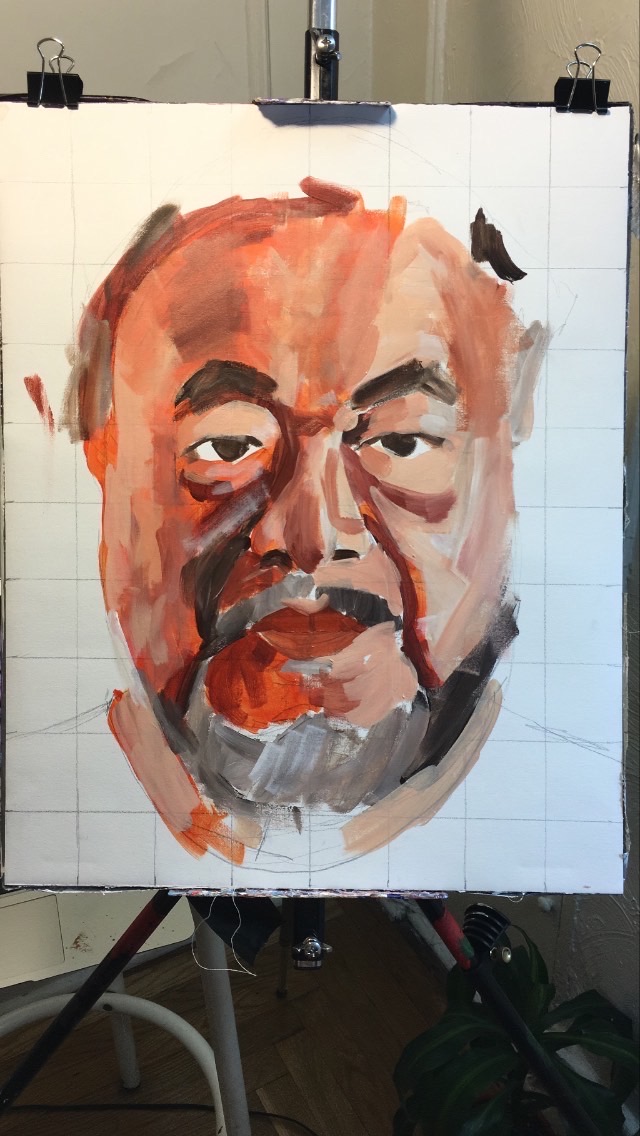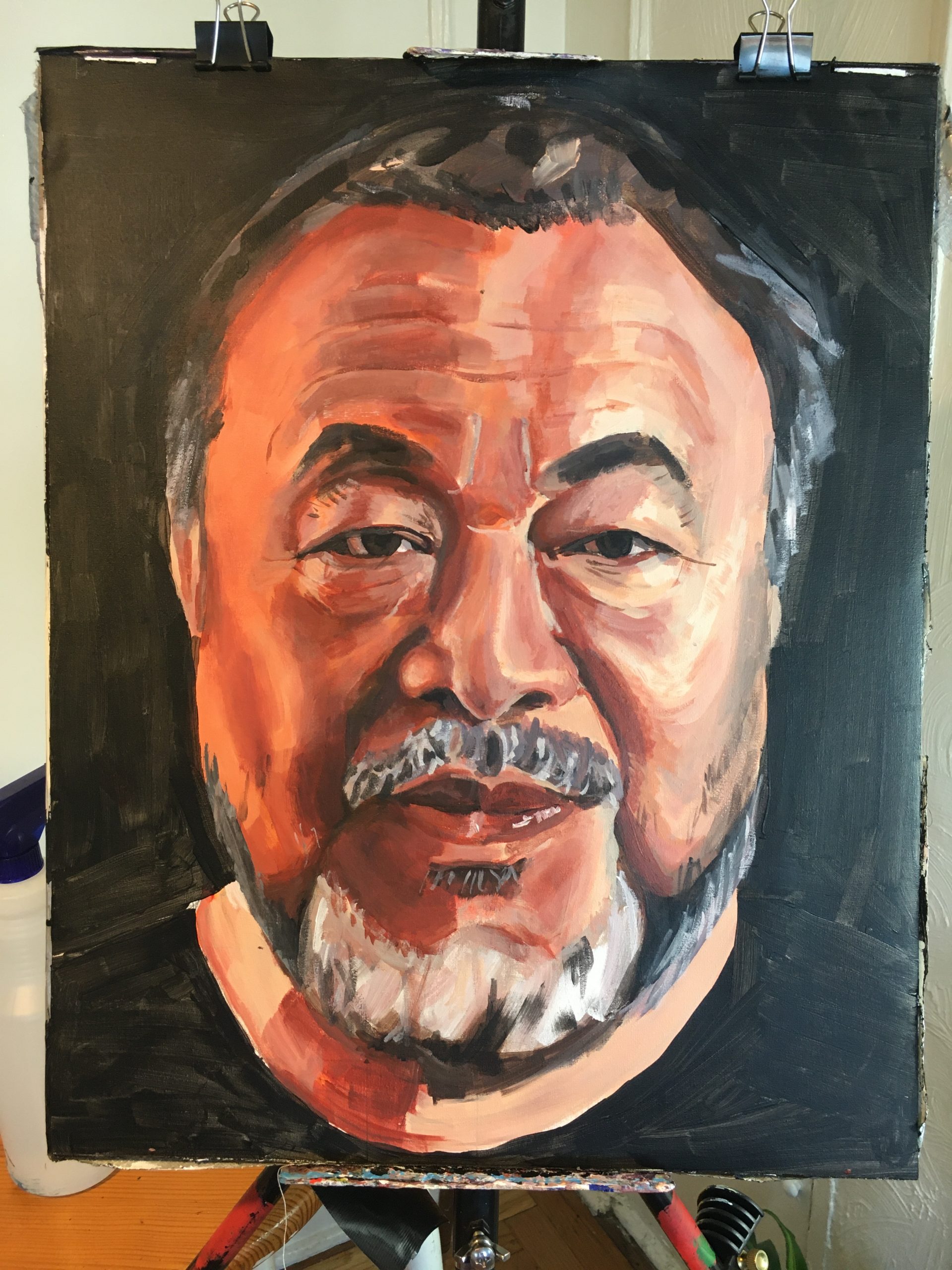I recently went to the Westmoreland Museum of Art, and saw Matt Bollinger, Between the Days:
I usually do not appreciate digital art as much as I do painting. To expand these horizons is part of the reason I took this course, and Bollinger’s combination of the two was entrancing.
I plan to do something similar, but instead of a stop motion conveying a narrative, I plan to create a stop motion of the process of creating my paintings. I usually document my process, taking photos of my canvas after each painting session, but haven’t done anything with these photos before. I plan to create a stop motion, in which one can watch the paint be smushed around until a finished work emerges.
This captures my quiddity indirectly, in that my hand is doing the paint smushing, and in the case that I am painting a portrait, I believe the intermediate steps capture quiddity in my subject.




